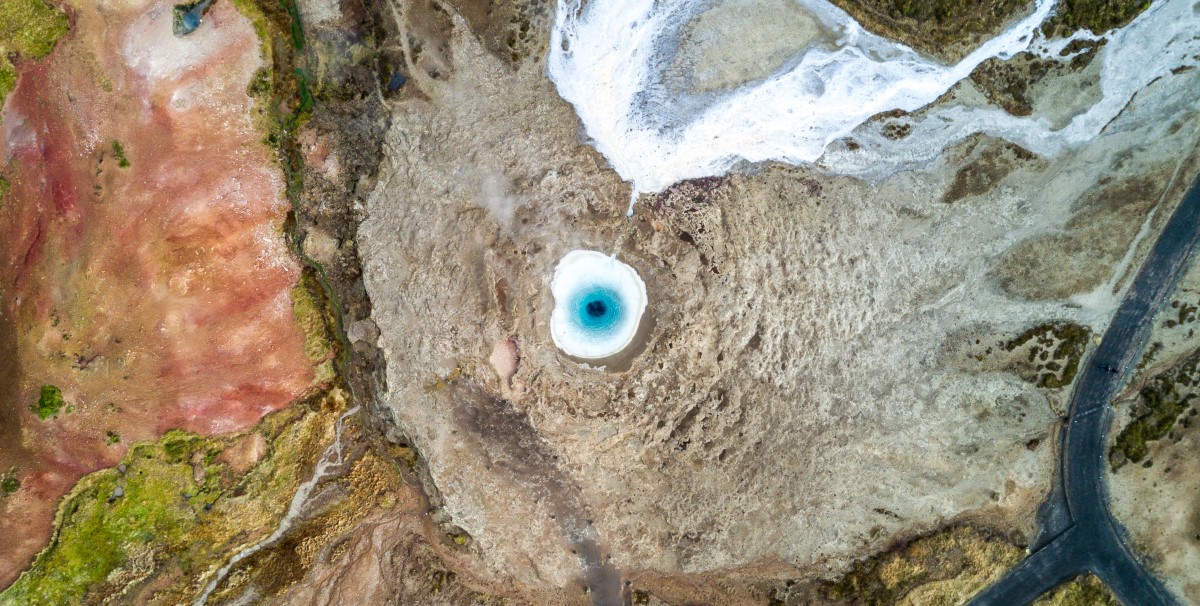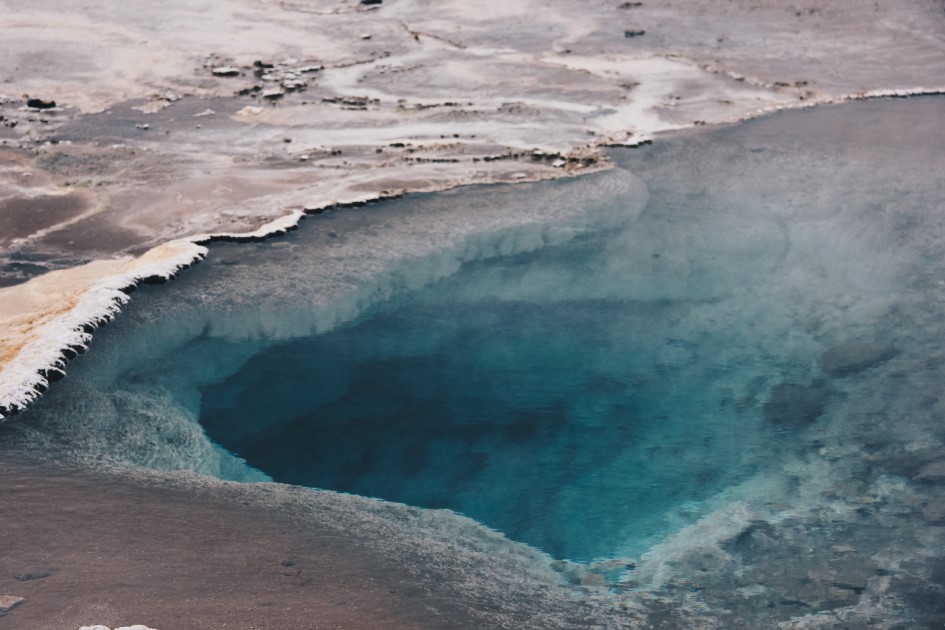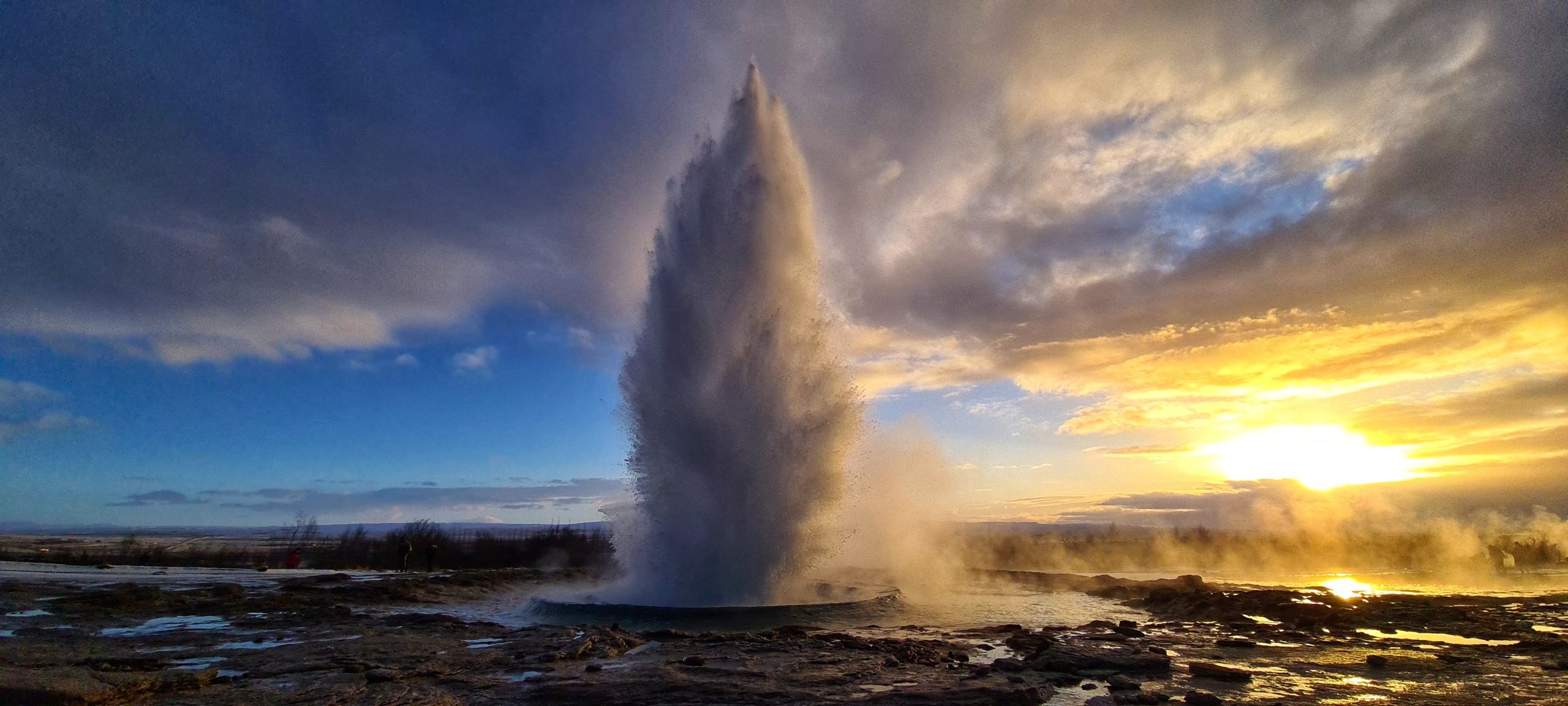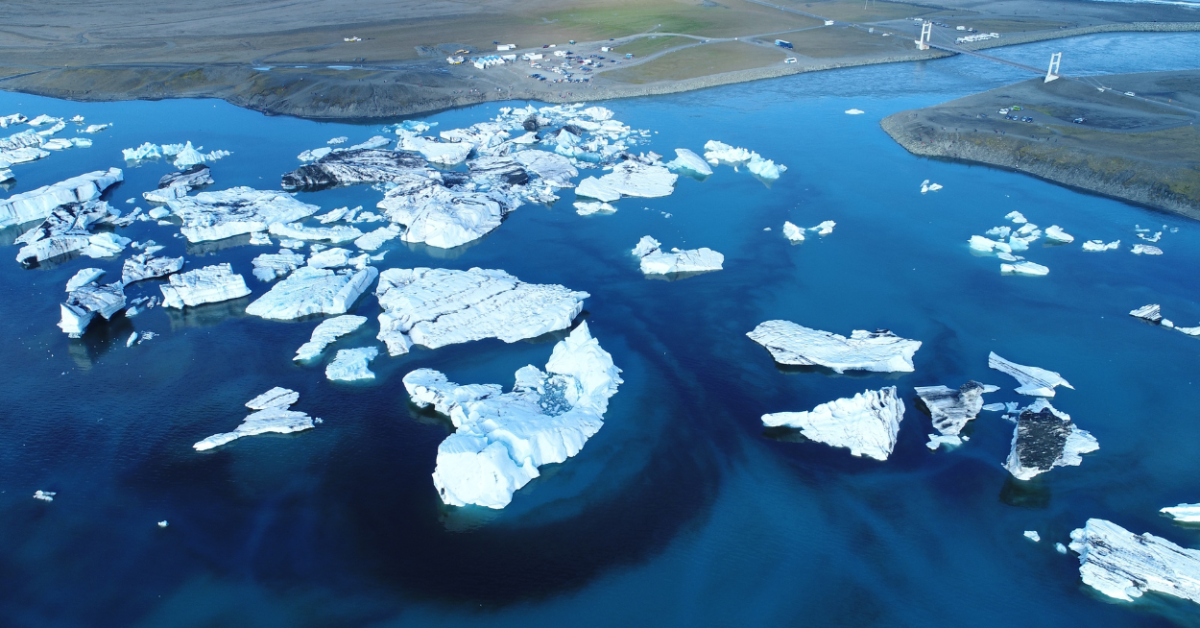Geysir area
The famous Geysir is on everyone’s lips when talking about what you want to see in Iceland. It is included in many travel packages and visited by almost all tourists who come for the first time.
The term ‘geyser’ used worldwide comes from Icelandic and the actual Geysir.

Geysir is a geothermal area part of Iceland’s most famous touristy route, the Golden Circle. In Haukadalur Valley, there are some hot springs and geysers, Smiður, Litli-Strokkur and the famous Strokkur.
Every five to ten minutes, Strokkur erupts and shoots jets of boiling water to a height between 20 to 40 meters (65 to 130 feet). It is the most famous and the most Instagrammable one.
The Geysir is larger than the three geysers mentioned and currently is inactive. It is believed that Geysir was created during an earthquake followed by the devastating eruption of Mt Hekla.
Back in time, it erupted regularly once every three hours, and then the explosions progressively took much longer intervals until they stopped altogether.
The Geysir was active until 1916, then had an episode of an outbreak in 1935. Its opening is 18 meters wide, and it has a depth of about 20 meters.

It is believed that the Geysir stopped shooting columns of hot water in the air because of the accumulations of different materials that tourists were throwing into the geyser. But there are, of course, other reasons for its cessation.
The area of Grater Geysir also has hot springs and mud pots with unusual colours hissing steam vents, hot and cold springs, warm streams, and primitive plants. You can see more than the geysers.

On the Golden Circle route, you will also find Þingvellir National Park and Gullfoss Waterfall. If you want to visit the Geysir, you can book a Golden Circle tour.























